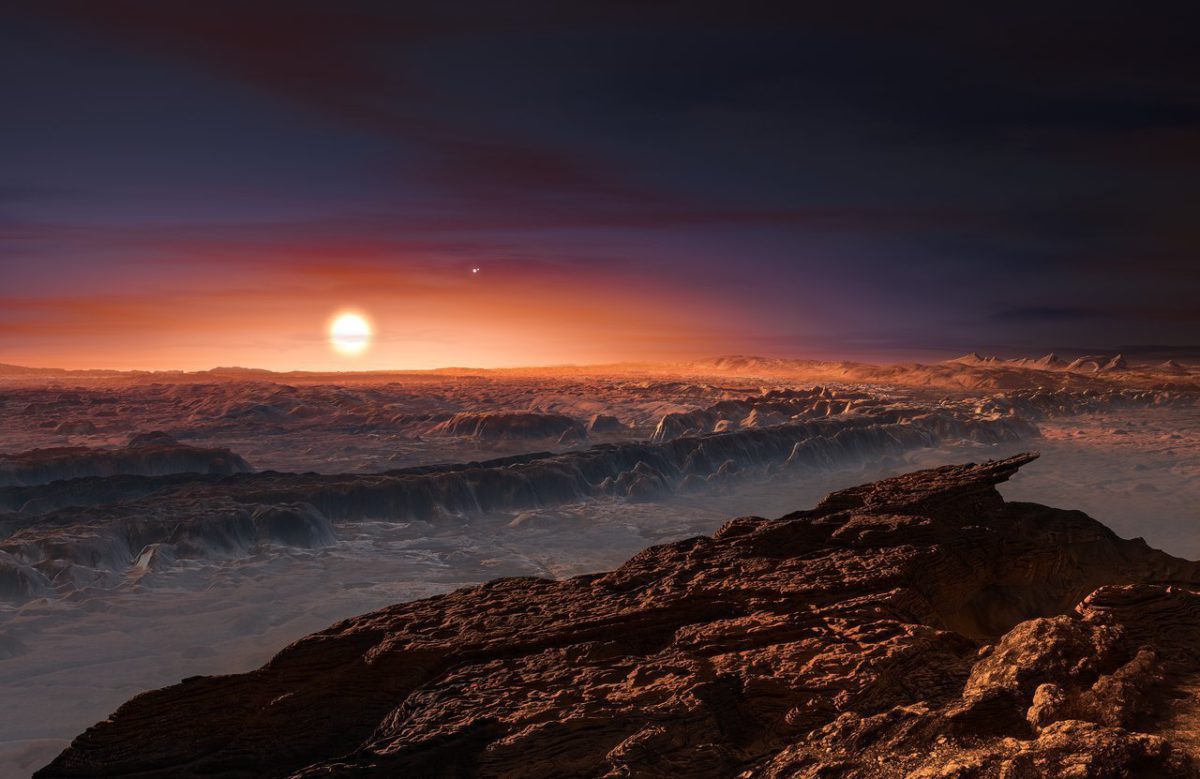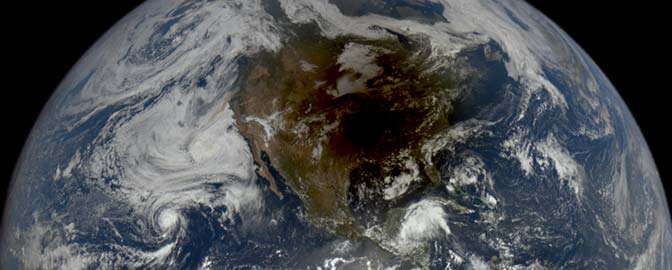Exoplanets, worlds orbiting other stars
Highlights
- Exoplanets are planets that orbit other stars.
- More than 5,000 exoplanets have been found to date.
- Scientists think that most stars have at least one exoplanet. These worlds are a prime target for the search for life beyond Earth.
Why study exoplanets?
For centuries, fictional depictions of planets orbiting other stars have fired our imagination. From the desert world of Arrakis in Dune to the lush jungles of Yoda's planet Dagobah in Star Wars, we humans have been fascinated with the idea of exotic, far-off worlds.
We now know that worlds beyond our Solar System — known as exoplanets — do exist. In fact, there are a whole lot of them: Scientists have found over 5,000 exoplanets, and think that most stars have their own solar systems. Some exoplanets are surprisingly similar to fictional worlds we've imagined, while others have turned out to be more exotic than anything we could have dreamed.
Our Universe is estimated to have over 100 billion galaxies, each with hundreds of billions of stars. If most stars have one or more planet around them, there may be billions of trillions of planets in the Universe.
Every exoplanet discovery teaches us something new about how the Universe works. When we just had our own Solar System’s eight planets to study, we had a limited view of what kind of planetary systems are possible in the Cosmos. Now, with over 5,000 exoplanets cataloged, the horizons of planetary science are broader than ever. We also sometimes get to see other star systems forming, which teaches us about our own origins. It's like watching our very own "How It's Made" show through the world's telescopes.
There are lots of reasons to learn about exoplanets, but perhaps the most compelling is that we could find another world that hosts living organisms. If we discover life beyond Earth, it could change the course of human history. And with continual advancements in exoplanet research, this discovery could happen in your lifetime.

How do we study exoplanets?
Even through a powerful ground-or-space-based telescope, stars look like tiny points of light. Planets are even tinier and are very difficult to spot next to their bright host stars. Therefore, scientists rely on indirect methods, like looking at the stars themselves for signs that planets might be orbiting them.
As these techniques have evolved, we’ve gone from merely being able to tell if a star has a planet to actually being able to detect characteristics of exoplanets. Through increasingly sophisticated technologies, we can not only figure out basic exoplanet traits like mass and diameter, but whether a world is solid or gaseous or even has water vapor in the atmosphere.
How to Search for Exoplanets
Some methods almost sound like science fiction: Using gravity as a magnifying glass, watching stars wobble at turtle-like speeds, and searching for tiny dips in starlight.
Active space missions that study exoplanets
- James Webb Space Telescope
- CHaracterising ExOPlanet Satellite (CHEOPS)
- Transiting Exoplanet Survey Satellite (TESS)
- Hubble Space Telescope
Future exoplanets missions
What kind of exoplanets have we found?
The most common type of exoplanet that we've discovered so far are called "super-Earths" or "mini-Neptunes." These planets range from about 1.5 to 2 times the size of Earth, and are thought to be the most abundant type of exoplanet in the Milky Way. We also find "super-Jupiter" exoplanets, gas giants much larger than the largest planet in our Solar System. These exoplanets are made mostly of hydrogen and helium gas, and orbit very far away from their host star. Some super-Jupiters have been found orbiting closer to their host stars, making them "hot Jupiters."
Another important category of exoplanets is "Earth-like" worlds, and finding these planets is one of the main goals of exoplanet research. Generally speaking, the term "Earth-like" means the planet might have liquid water and an atmosphere that could support life as we know it. Life on other worlds may be unrecognizably different from what we know here on Earth, and even life on our planet is extraordinarily diverse. But it makes sense to start by looking for worlds that resemble our own.
Earth-sized or Earth-like?
It’s important to distinguish “Earth-like” from “Earth-sized” when reading news stories about exoplanets; just because a planet is about the same size as Earth doesn’t mean it could support life (Hello, Venus!).
How do we look for Earth-like planets?
The most basic condition for being able to sustain liquid water is the planet’s position in relation to its star. Scientists call the region around a star where liquid water can exist on the surface of a planet the habitable zone: not so close to the star that water all evaporates, and not so far from the star that it all freezes. This area is also known as the “Goldilocks zone” (not too hot, not too cold).
We can tell if a planet is in the habitable zone based on the distance of the planet from its host star and the temperature of that star. A bigger, hotter star’s habitable zone is farther out than that of a smaller, cooler star. There could be as many as 40 billion planets in the habitable zone of stars right here in our Milky Way galaxy.
How do we figure out if a planet in the habitable zone is, in fact, habitable? Or inhabited?
Imagine what our Sun and Earth would look like from a few hundred light-years away. Using our present-day technologies, you might be able to determine that Earth is a small, rocky planet that sits in the Sun's habitable zone.
Next, you could look for signs of water in the Earth's atmosphere, to rule out it wasn't a dry, desert planet like Mars. Our current technologies are just barely capable of doing this, while upcoming ground and space-based observatories will be able to do it even better.
By then, you might be able to conclude Earth was habitable. But to tell if there was actually life on the surface, you'd need to find gases in the planet's atmosphere like ozone that are possible byproducts of life. Our current and near-future telescopes won't be able to do this, but several proposed space telescopes might.
Even then, you probably wouldn't be able to say for certain that you'd found life. Ultimately, it could take something like a telescope that uses our Sun's gravity as a giant lens to capture a sharp picture of an exoplanet and see signs of life on the surface. This may sound impossibly futuristic, but the technology is not beyond our reach.


 Explore Worlds
Explore Worlds Find Life
Find Life Defend Earth
Defend Earth


